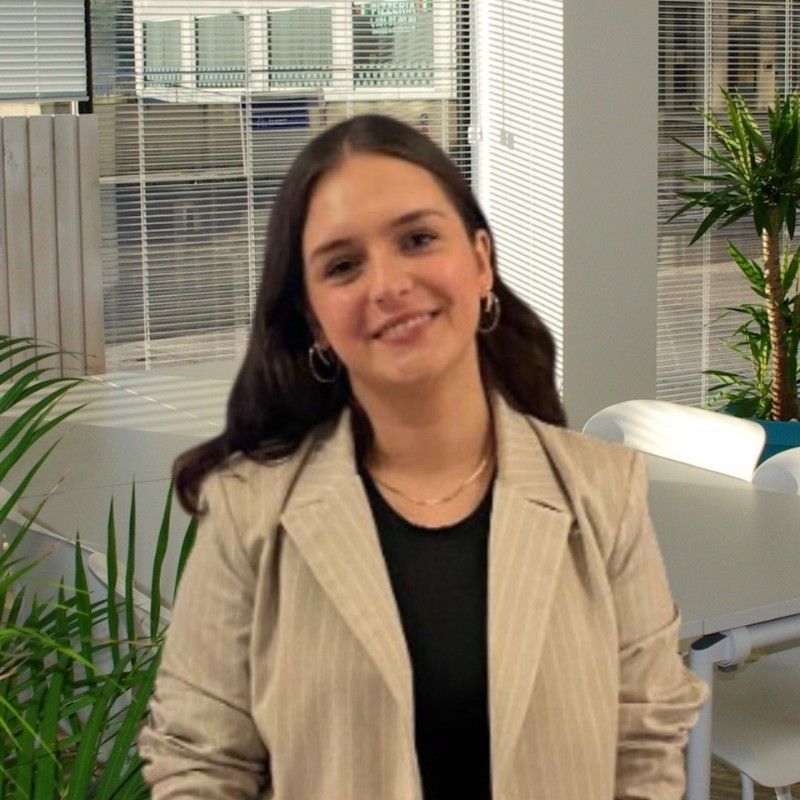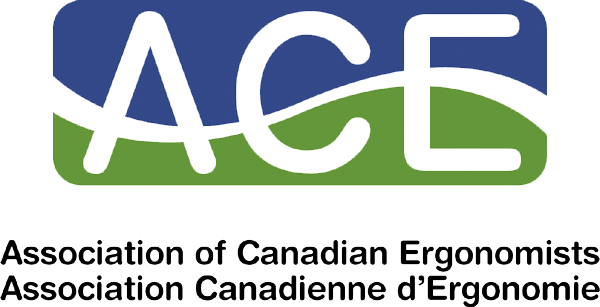Madeline Shoot

Published: 2025/07/20
How long have you been an ACE member?
Almost two years.
How did you first become interested in ergonomics?
I first became interested in ergonomics during my undergraduate education. In pursuing education in Kinesiology, I was passionate about learning more about movement patterns and development for varying populations. In my final year of study, I took a chance on an ergonomics course, which complimented my biomechanics interest quite nicely. Through this course, it became very clear that pursuing a future in the field of ergonomics would allow me to apply this education in a way that impacts someone’s day-to-day life.
What didn’t you learn in school that you wish you had?
I wish I had the opportunity to work on not-so-semester-based timelines. Not that I could have learnt this in school, but it is something that I believe we need to figure out somewhere in the post-secondary education journey. In school, we often hear about impressive projects completed by those in roles we are dreaming of, often with timelines that stretch several years. Until you are on a project that takes more than a semester, it is a hard concept to wrap your head around. How do I keep motivated on a project when the end date is so far away, or unclear at best? Thus, I wish we had guidance on how to become accustomed to extended and changing due dates.
What is your favorite aspect of being an ergonomist? What is your favorite aspect of being involved in ergonomics?
As an ergonomist, we are one of the very few professionals that can work in this unique role. We sit in a position where we advocate for the front-line workers, often the people in the most pain and discomfort, to the people who have the greatest ability to make a change and mitigate that pain. Being in this role has its challenges but can be incredibly rewarding when we get it right. One of my favourite aspects about being an ergonomist is being the voice and advocating for changes for the people who need it the most. Being involved in ergonomics in general is also quite special.
I am not sure if I would call it my favourite aspect but is surely on the list, is being a part of a (relatively) new discipline. Ergonomics, if we compare it to other science disciplines like biology or anthropology, our study is very new. That brings about a lot of unique characteristics which one could see as a challenge or an incredible opportunity. Since ergonomics is such a new study much of what guides what we do is not yet published, it might not even be researched yet. For instance, in the past, a lot of time and resources have been spent on lifting. We know through several studies how much, in what position, and how frequently we should be lifting something. Lifting is one action of thousands that we do in a day, and unfortunately one of the only ones that has guidelines, regulations, and recommendations surrounding it. There are so many more avenues in which we as ergonomists could benefit from more guidelines and understanding of the risk implications. So, you could see this as a challenging point in ergonomics because it can make our lives a lot harder. I can’t tell you the number of times I went to search for a specific procedure for it only not to exist. But that just means we have a lot more work to do. More research and more of that research getting published is integral. In doing so we continue to create depth to the field and learn as we go. Being in a new discipline allows ergonomists to make actionable improvements in broadening our field as so much of it is still left to be discovered.
What do you see as the biggest opportunity for ergonomists in the future?
These days the craze is around virtual reality and artificial intelligence, and I don’t disagree that this is also a big opportunity for ergonomics and human factors, I just believe there might be bigger opportunities more quickly in other areas. One of these areas is in inclusive design. When discussing inclusive design, I am referring to designs, systems, products and so on that have been created with varying populations in mind, not just the able-bodied. As ergonomists, we are fortunate to have had education in how to design for differing capabilities. We design for those on either end of the anthropometric spectrum thus we have the knowledge and experience required to include often forgotten groups. This means creating workplaces so that anyone can do that job, no matter their physical or mental capabilities. By approaching design processes with these populations in mind we advocate for an inclusive workplace. It starts with us pushing for a seat at the table with companies who believe in having an ergonomist be a part of the design process. Then, it is our responsibility to understand the abilities and build with them in mind, to create a safe, efficient, and ergonomic environment for all.
What advice would you give to a student or young professional starting out in ergonomics?
I still consider myself a young professional starting in ergonomics but if I had to tell myself anything a year ago it would be to say yes whenever you can. Ergonomics is a small community so getting involved in committees and volunteer groups can do great things for you professionally. Being involved in the ergonomics communities across North America has allowed me to foster a great group of connections that have helped me grow as an ergonomist – from career planning to reminding me to get my force gauge calibrated! Lastly, what we do and the education and experience we must achieve to do what we do is no small feat. Knowing you have made it this far should be enough to know you can make it the rest of the way.

